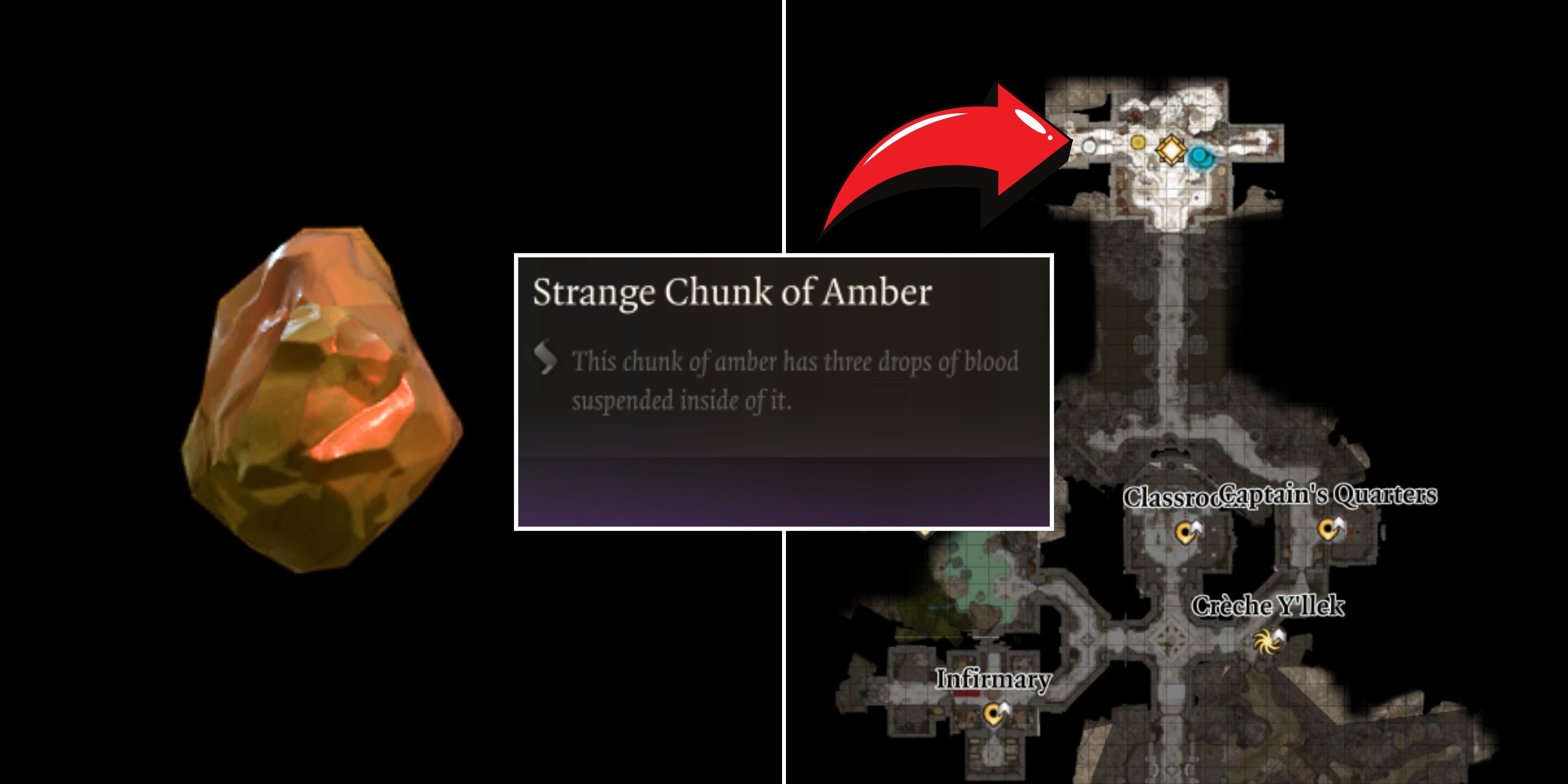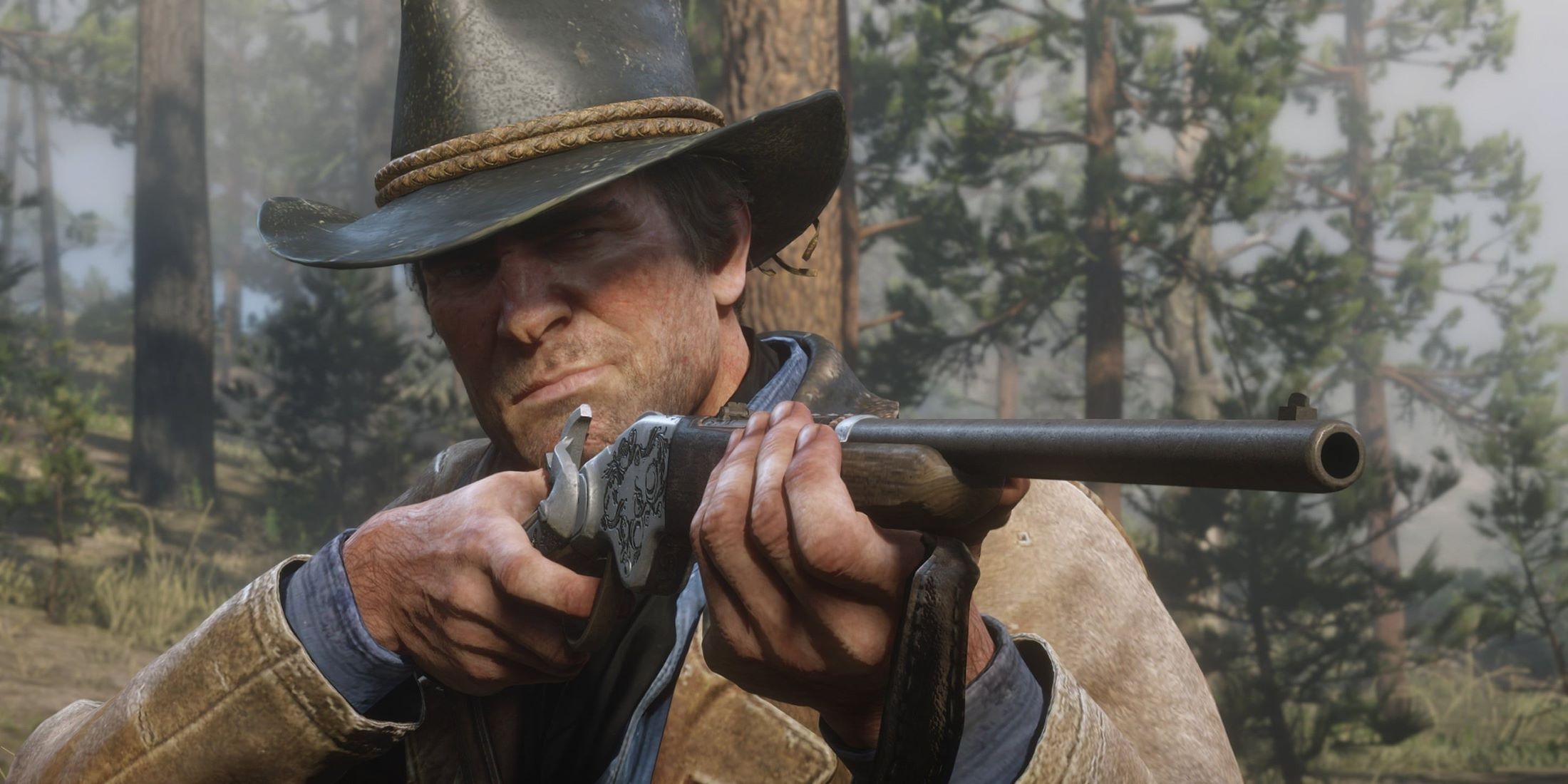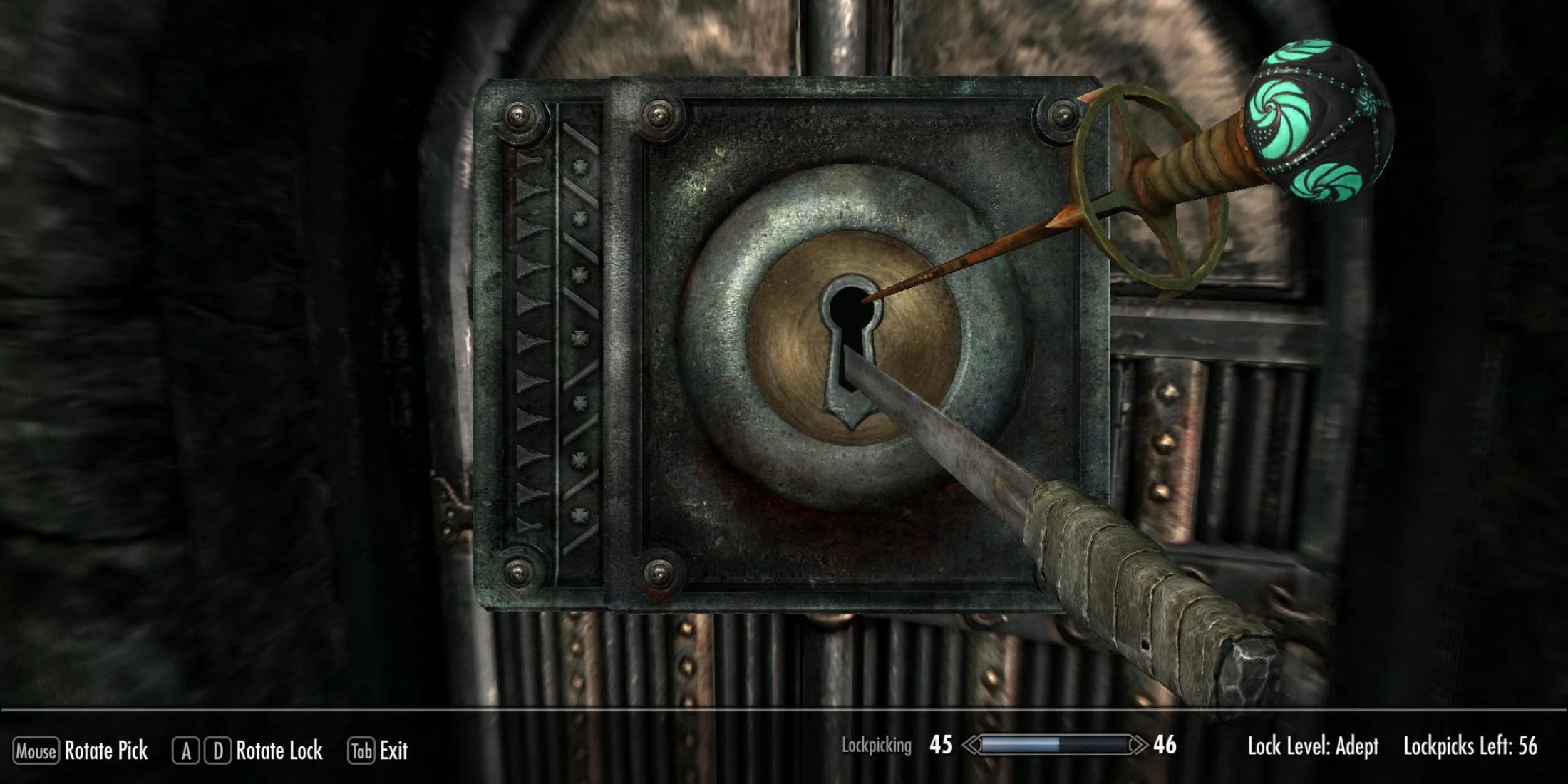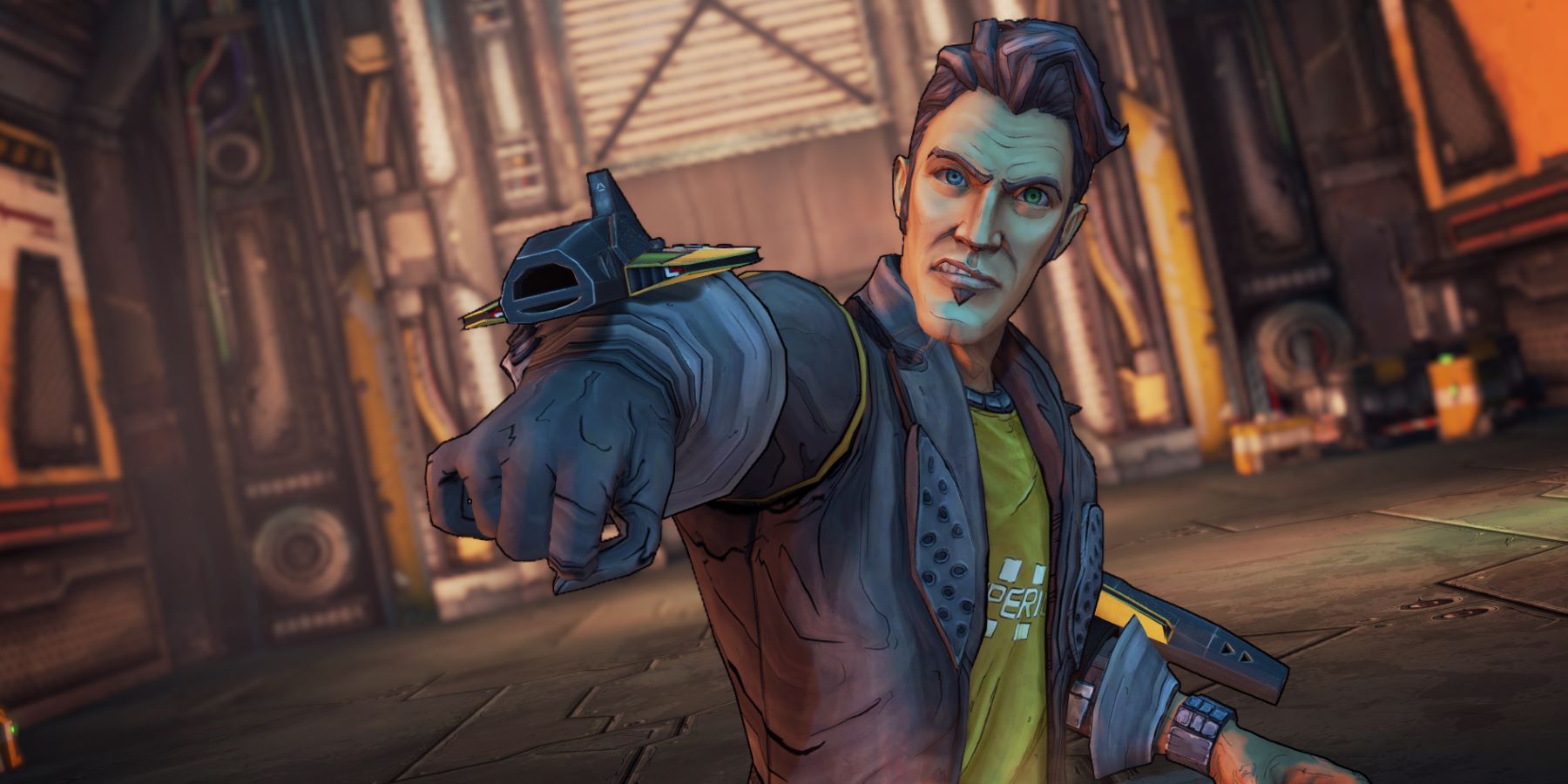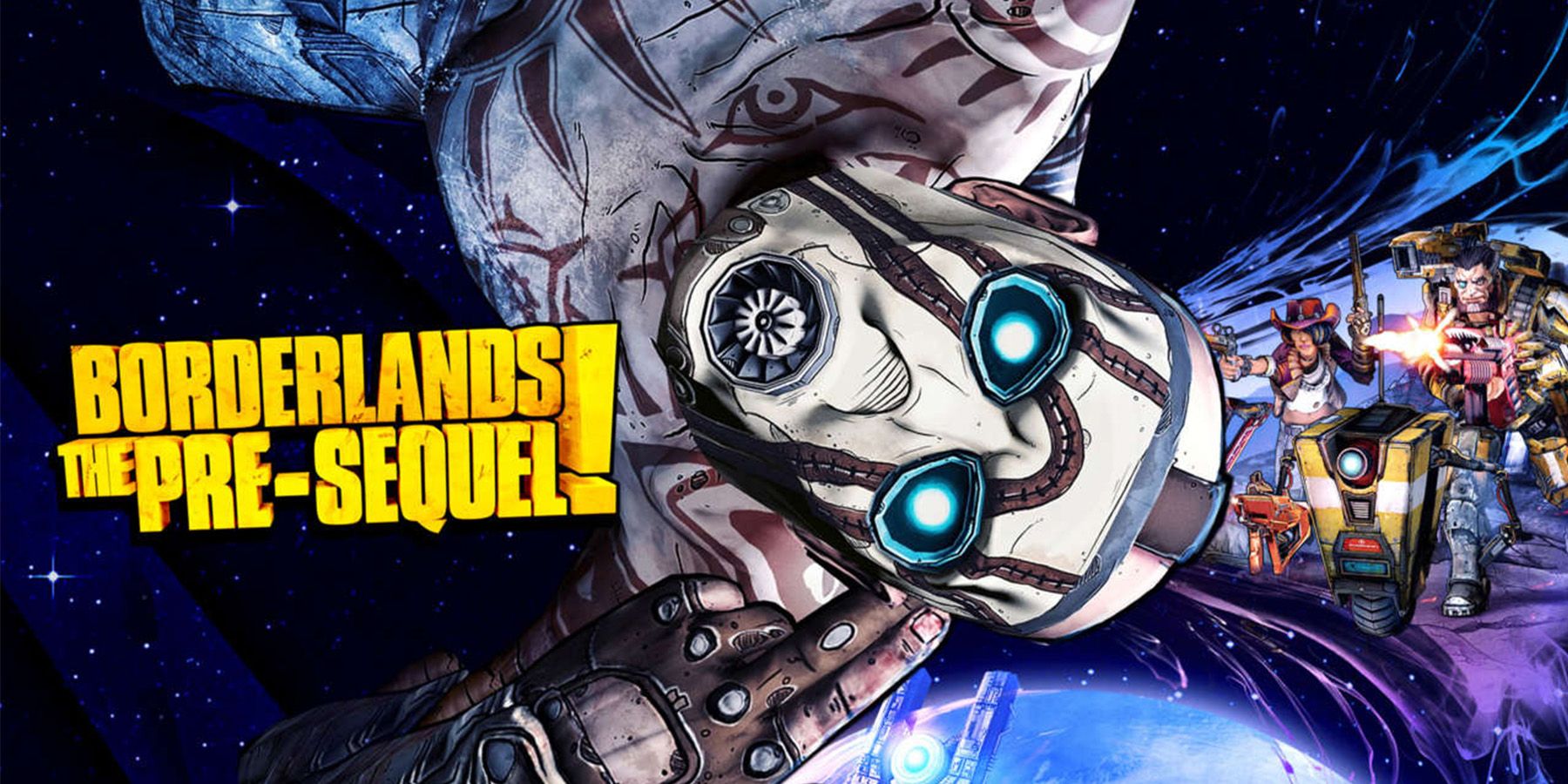The Borderlands franchise is known for its fast-paced gunplay and loot-induced dopamine rushes, and since their debuts, the games have cemented themselves as kings among looter shooters. But despite sharing the same franchise along with gameplay and story elements, Borderlands: The Pre-Sequel has not remained as relevant as its predecessors.
Upon its release, Borderlands: The Pre-Sequel found itself with considerably lower review scores than Borderlands 1 and Borderlands 2. While many of these reviews did not go as far as to outright claim that the game was bad, many felt the title didn't live up to expectations. Borderlands: The Pre-Sequel is unlike its predecessors in that it is a game that is meant to fill in the gaps left by previous games.
What Made Borderlands: The Pre-Sequel Different
Borderlands: The Pre-Sequel released in the middle of a seven-year gap between Borderlands 2 and 3. It brought back a variety of popular Borderlands characters and several story elements in order to parts of the plot left unexplained by previous installments. Despite that, it was expected to be a full-fledged Borderlands game. This would not be the case, as it launched with a lack of features that are iconic and even integral to the franchise.
One of the biggest attributions to the game's lack of success is that many of the game's bosses did not respawn on release. Borderlands often leans on farming the best weapons to create fun, and the lack of bosses that respawn hindered that. Players were left with a short list of bosses to farm, leading the game to become incredibly repetitive. Players were often stuck with farming the same boss, Nel, because of its ability to respawn and often having an greater loot pool than alternative bosses. This shortened the amount of repeatable content, making it a much shorter experience than the mainline installments. This made it clear that Gearbox was aiming to create much more of a bite-sized experience.
Borderlands: The Pre-Sequel also simply wasn't as memorable as the other games. It was a game that filled in gaps rather than bringing something new to look forward to. Nisha and Wilhelm had their backstories explained, but this didn't leave much of an impact, since players know both characters die as villains in Borderlands 2. Handsome Jack also had his backstory explored, but his character arc had already come and gone with the end of Borderlands 2. The stories explored in the game had already ended, making them less impactful than a wholly new story.
The lack of modding support also hurt the game's longevity. Skyrim and Fallout 4 demonstrate that games can be kept alive for years past their time with a proper modding community. Randy Pitchford, Gearbox Software's CEO at the time, used to encourage fans to continue modding Borderlands 2. That said, modders could only alter existing assets within the game, not add new ones. It was believed that Borderlands: The Pre-Sequel would continue this tradition and even expand modding support. However, players were met with a lack of mod support, causing the game to stagnate over time. Things have changed over time, but the damage was done after The Pre-Sequel launched without such a useful feature.
Borderlands: The Pre-Sequel's label as a black sheep of the franchise remains secure even now that issues such as boss respawns were amended. Nowadays, the game has a significantly lower player count on Steam than its mainline counterparts, which maintain player counts in the thousands. Thankfully, future spin-off installments such as Tiny Tina's Wonderlands show that Gearbox has learned from its past mistakes.
Borderlands: The Pre-Sequel is available on PC, PS3, PS4, Nintendo Switch, Xbox 360, and Xbox One.

